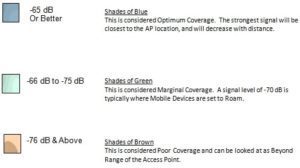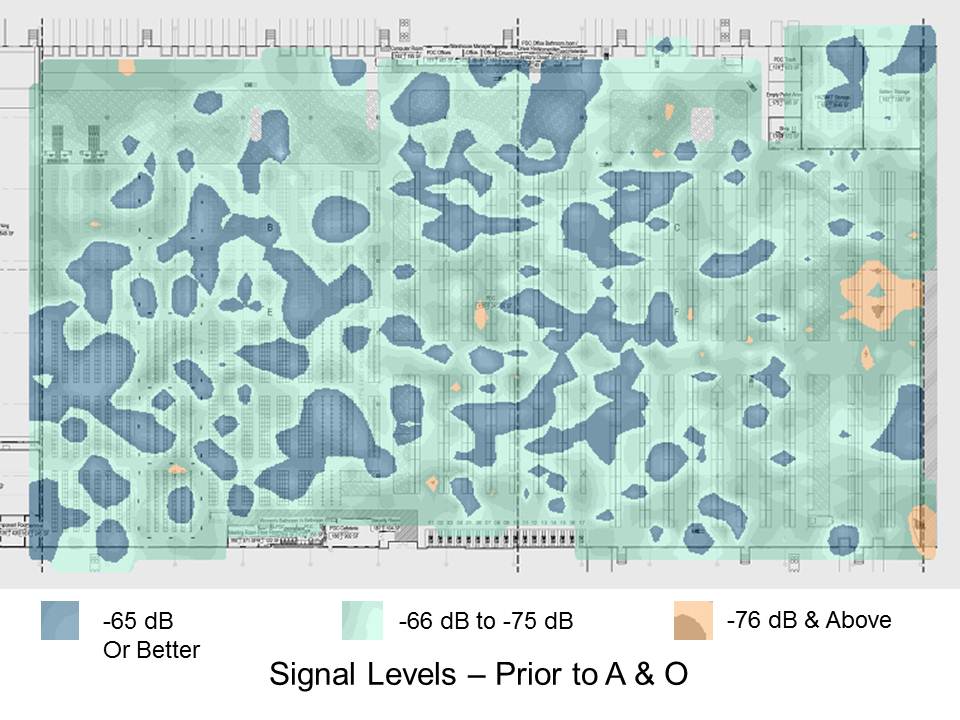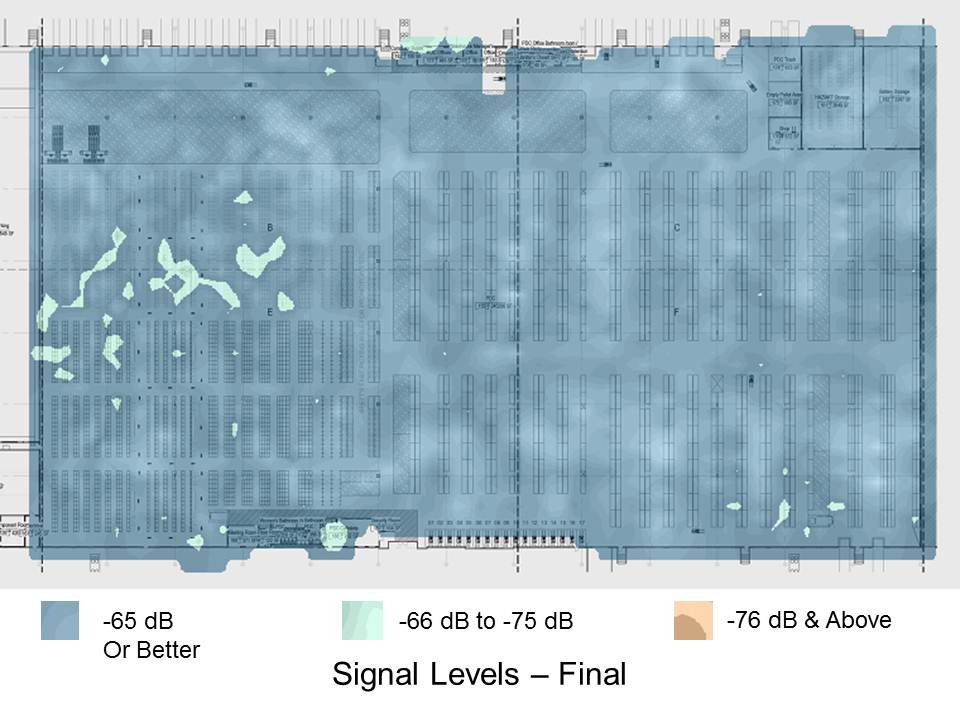Why it’s a good idea to have your current system analyzed before purchasing new equipment. You may already have what you need!
Is your wireless system working for you? Many people believe they can obtain good wireless coverage by just mounting an Access Point (AP) in the ceiling. Unfortunately, that’s rarely the case.
At RMS, we’ve found there are a lot of wireless networks not living up to their initial expectations when first installed. In many instances, due to work-a-rounds, under coverage or even over coverage, the systems are actually making it harder for workers to get their jobs done. So how do you go about fixing this? Start by asking your workers. They know when your facility’s wireless network isn’t up to par, especially when they depend on it to do their jobs.
When experiencing issues with your system, setting up a new system or expanding your wireless network, do not assume that adding another Access Point will increase your coverage. Believe it or not, when placed in the proper locations, you may only need a few. It’s different for every facility of course, but once you start adding more AP’s and your deployment becomes more complex, there are many factors that come into play and difficulties that can occur. This is especially true when using the free radio frequency spectrum.* Some factors that can affect the radio frequency spectrum include free-space path loss, the attenuation of the material stored, the stocking level of your space, and the amount of traffic using the wireless. Did you know that your neighbor’s wireless signal could be affecting your system as well?
If you’re having trouble and your devices are not connecting properly, consider having an analysis of your current system. It can make a world of difference. At RMS Omega, we provide a specialized wireless service called Analysis and Optimization. Using a collection of highly sophisticated test equipment, we first analyze what coverage you have and then go about determining what it would take to make it work better for you, instead of against you. Once your report is completed, our engineers are also capable of making any necessary adjustments to your equipment.
In a typical Analysis and Optimization report, you will receive a heat map showing the wireless coverage throughout your facility. Below is an example from an A&O the RMS services team recently performed. The first image shows the systems original coverage. It was very poor in some areas and operated inconsistently. Workers in the facility were extremely frustrated. They had a difficult time doing their jobs, and sometimes intentionally damaged wireless equipment and handheld devices due to their frustration.
The second image shows how the system operated following the adjustments noted in the completed A&O report. The change was so drastic that the users came up to the engineer performing the A&O and personally thanked him for his work. Very rewarding for him but in the long run it will be a much bigger reward for the company.
Happy employees working in less stressful environment = More productivity.
Explanation of RF Coverage
During the analysis of your facility, our technicians will produce a Heat Map of actual RF Coverage. Below is an explanation of what the various colors indicate. For each range, the darker shades of blue indicate a stronger signal.

Before Analysis & Optimization:

After Analysis & Optimization:
As you can see in the second Heat Map, the overall wireless coverage was drastically improved. And believe it or not, our team actually removed most of the company’s original Access Points. There was no need to purchase any new equipment! The unnecessary APs were removed and the existing equipment was relocated to provide optimal coverage.

Have questions about wireless?
Contact us! We have a team of Wi-Fi experts that are more than happy to help answer your questions.
*What is the free radio frequency spectrum?
The free radio frequency spectrum includes the radio frequencies that the Federal Communications Commission (FCC) does not require the user to have a license and is free of costs. Wi-Fi is an example of one of the free radio frequencies.